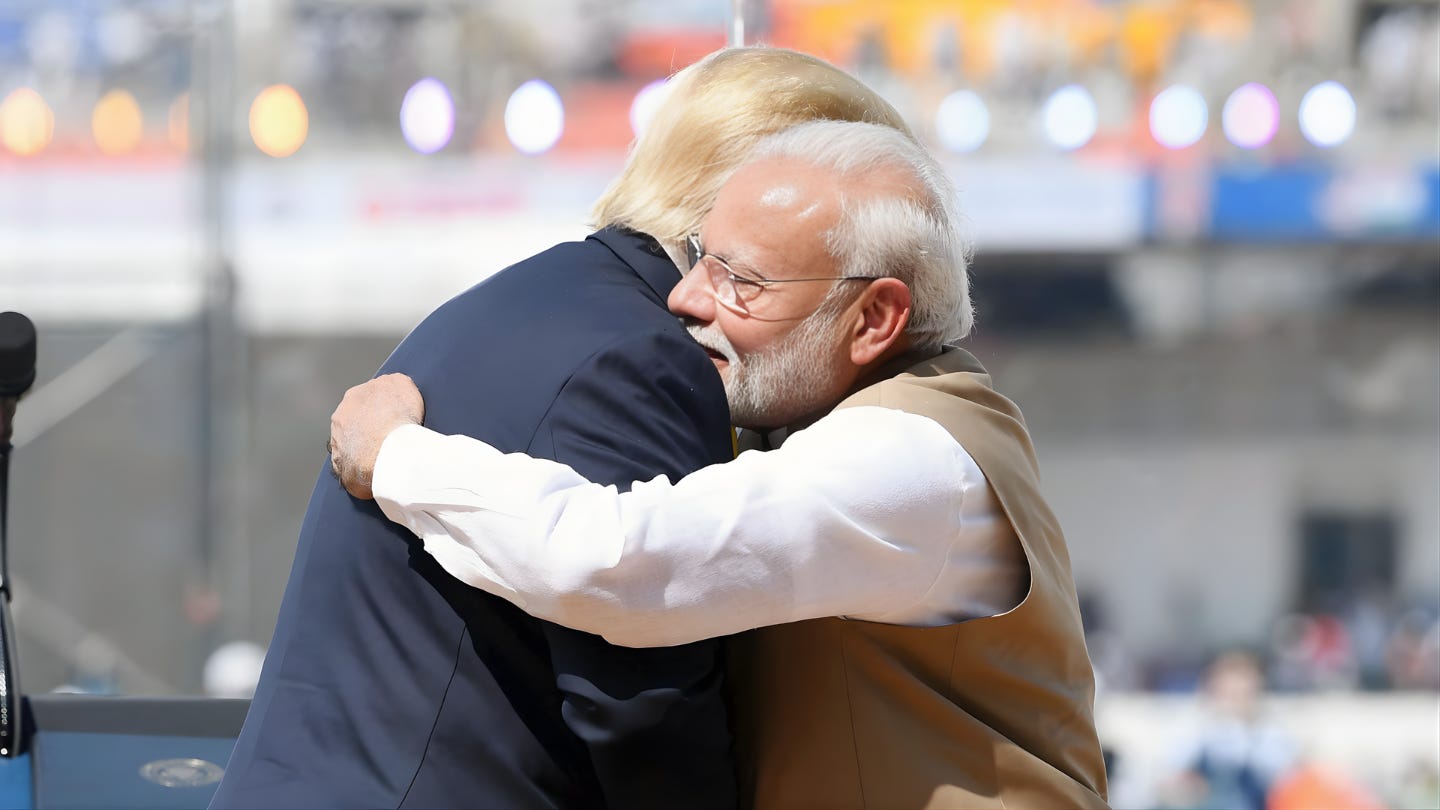How Narendra Modi’s language shapes India’s global voice
Prime Minister Narendra Modi speaks in Hindi — but the world still listens in English. What does that say about India’s voice in global diplomacy?
By Sanjay Dubey

For a prime minister whose politics thrives on performance and nationalism, speaking in Hindi on the world stage is both identity and instrument. It also reflects a pragmatic reality — English is not a language in which Narendra Modi is most at ease. That should not be surprising in a country like India and, in fact, reflects the strength and inclusiveness of its democracy. But when it comes to international affairs, it might carry a cost.
When world leaders meet, what they say behind closed doors — the hints, jokes, reassurances, and quick clarifications — often matters as much as the formal communiqués that emerge later. Direct communication in a shared language is the most efficient path to trust. When someone understands not just your words but also your tone and non-verbal cues, the space for doubt shrinks, and the space for comfort and credibility grows.
Narendra Modi’s public camaraderie with Donald Trump — from Houston’s “Howdy Modi” to Ahmedabad’s “Namaste Trump” — served clear political purposes for both men. These events created a spectacle of affinity. But can such orchestrated moments substitute the quieter, candid one-on-one diplomacy that happens when no one else is listening? Probably not. Optics can be manufactured; genuine, unscripted conversation between two leaders, without any intermediaries, is far harder to replicate.

